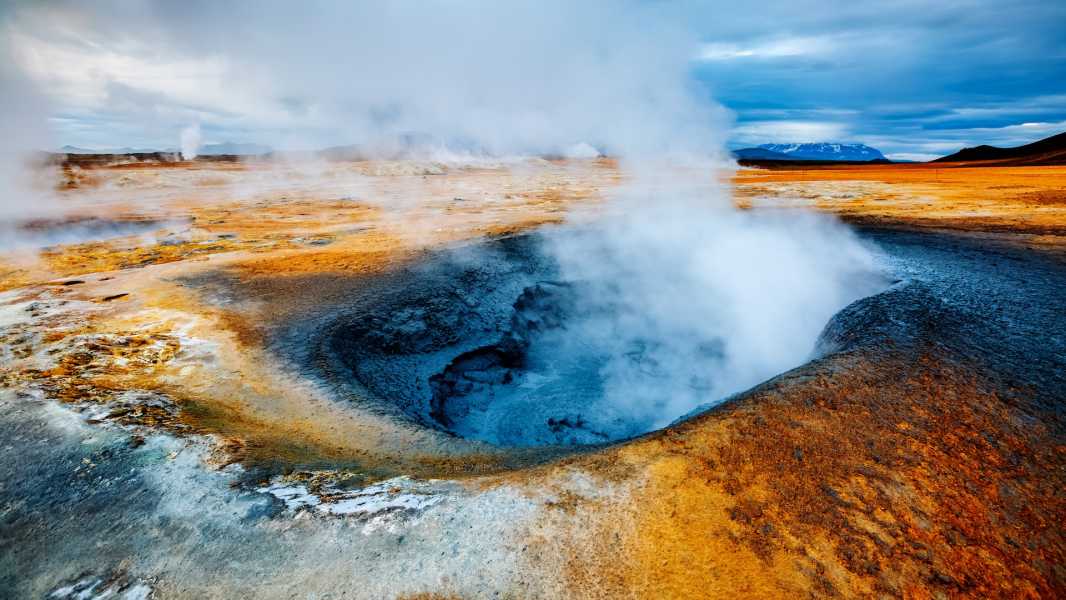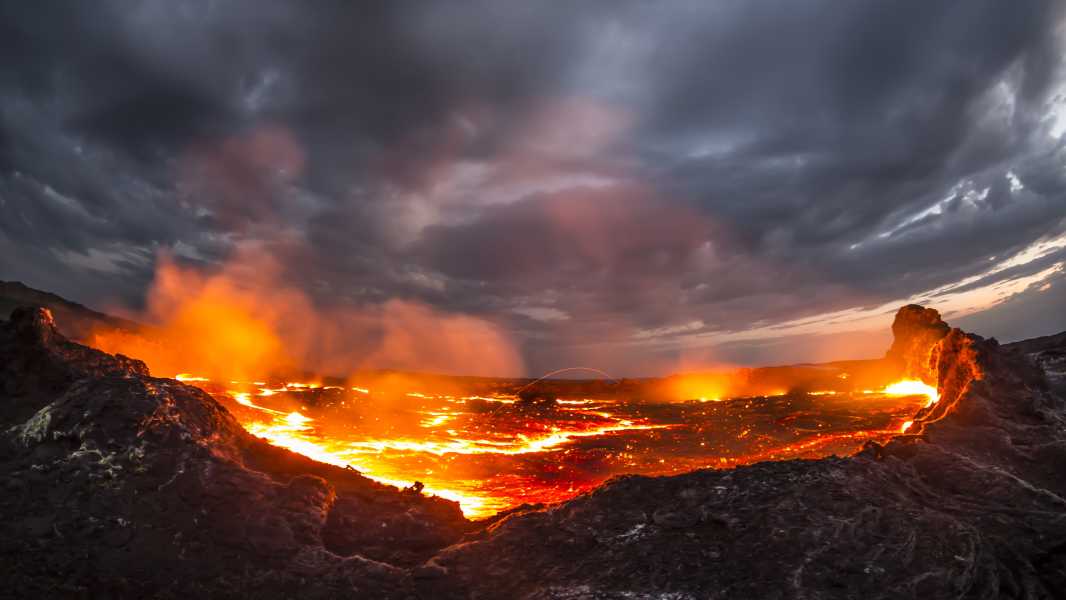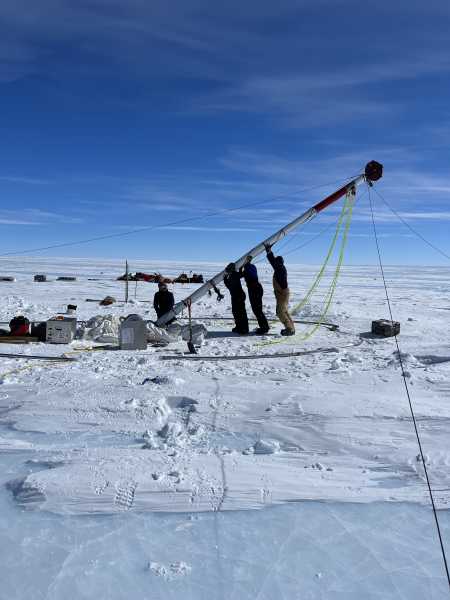
The hot mass likely helped to lift the Appalachian Mountains, explaining their considerable height today despite years of erosion. (Image credit: Pierre Leclerc Photography via Getty Images)
A huge patch of abnormally hot rock beneath the Appalachian Mountains formed when Greenland separated from North America about 80 million years ago, according to new research.
The hot zone, known as the Northern Appalachian Anomaly, was previously thought to be left over from when North America split from Africa 180 million years ago, but that hypothesis has been disproved, according to a study published Wednesday (July 30) in the journal Geology.
“This thermal upwelling has long been a mysterious feature of North American geology,” said lead author Thomas Gernon, professor of earth sciences at the University of Southampton in the UK. “It sits beneath a part of the continent that has been tectonically quiet for 180 million years, so the idea that it is just a remnant of the landmass breaking up has not been fully supported.”
You may like
-

Enormous formations deep beneath the Earth's surface appear to be causing major volcanic eruptions
-

New Evidence of Giant Superplume Tearing Africa Apart
Sourse: www.livescience.com





